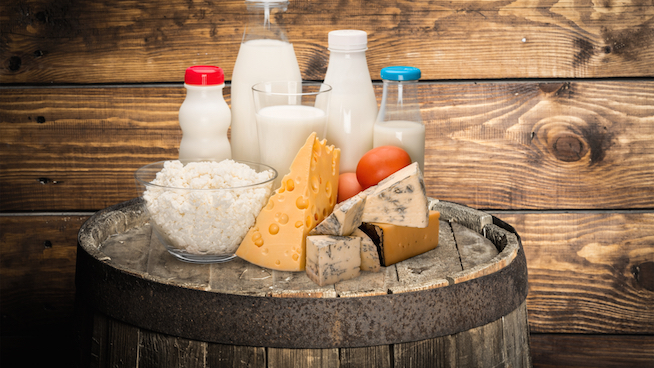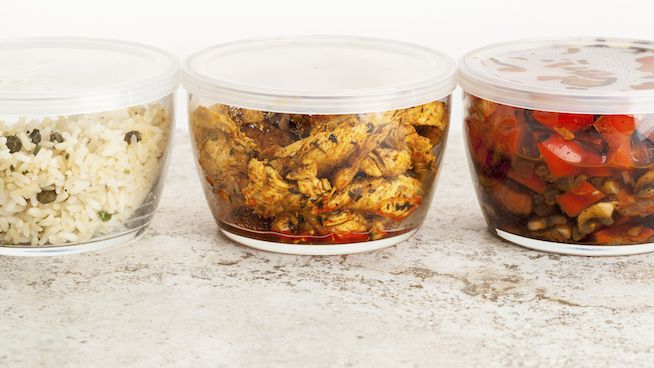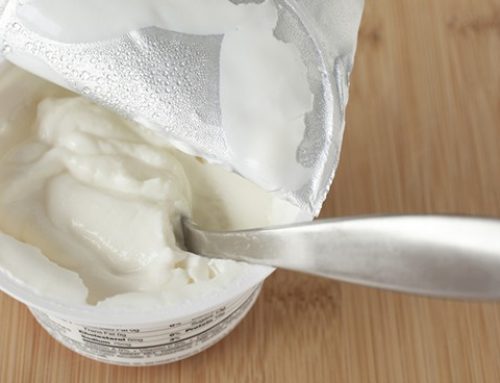Superfood Series A-Z: Cinnamon and Cauliflower
In previous superfood posts, we’ve discussed avocados and beets. This week, we give you two-for-one with the letter C.
Cinnamon
Technically classified as a spice, cinnamon has been linked to a number of possible health benefits. All you need is two teaspoons a day, which supplies iron, calcium, dietary fiber and almost 40 percent of your daily value of manganese, an antioxidant that facilitates the body’s breakdown and use of carbohydrate and protein. Using cinnamon as a seasoning can help regulate your blood sugar levels, reducing the rate at which carbohydrates are digested, which helps prevent insulin spikes. (Your body stores extra insulin as fat; thus, spikes in insulin can thwart workout gains.) Cinnamon also has anti-microbial properties, inhibiting the growth of unwanted bacteria, and perhaps more important for athletes, it’s a great anti-inflammatory agent.
Another pertinent perk for the athlete: according to the Cure Cancer Foundation, research demonstrates that just smelling cinnamon can boost brain activity, improve memory and enhance the ability to perform certain tasks!
Since winter is on the way, we’ll also mention that cinnamon has been used in some energy-based medical systems, such as traditional Chinese medicine, for its warming qualities. And cinnamon is said to provide relief from cold and flu symptoms. (Mix some into a cup of hot tea, along with fresh ginger.)
Sprinkle it on your breakfast oatmeal or on applesauce as a snack. But don’t consume more than two teaspoons, as too much cinnamon can have adverse effects on your liver.
Cauliflower
White foods generally have negative connotations, as in sugar, white bread and white rice. But cauliflower is one white food you should definitely not avoid.
Part of the family of cruciferous vegetables (with cabbage and broccoli) and associated with lowering the risk of some cancers, cauliflower contains numerous vitamins and minerals, including fiber (nearly 12 grams in every 100 calories), potassium (essential for proper hydration) and loads of vitamin C.
One phytonutrient called glucosinolates—plentiful in cauliflower, broccoli and brussel sprouts—is activated while chewing, triggering the body’s detoxification process. Surprisingly, cauliflower also contains omega-3 fatty acids, which, in addition to glucosinolates and vitamin K, provides substantial anti-inflammatory support.
For the healthiest and easiest way to prepare this super veggie, steam one to two cups of cauliflower florets for approximately five minutes. Season with a little salt and lemon.
Other “C” Superfoods:
Cherries
Chickpeas
Cabbage
Source: Livestrong, whfoods.com
Photos: thekitchn.com, mixedgreensblog.com
RECOMMENDED FOR YOU
MOST POPULAR
Superfood Series A-Z: Cinnamon and Cauliflower
In previous superfood posts, we’ve discussed avocados and beets. This week, we give you two-for-one with the letter C.
Cinnamon
Technically classified as a spice, cinnamon has been linked to a number of possible health benefits. All you need is two teaspoons a day, which supplies iron, calcium, dietary fiber and almost 40 percent of your daily value of manganese, an antioxidant that facilitates the body’s breakdown and use of carbohydrate and protein. Using cinnamon as a seasoning can help regulate your blood sugar levels, reducing the rate at which carbohydrates are digested, which helps prevent insulin spikes. (Your body stores extra insulin as fat; thus, spikes in insulin can thwart workout gains.) Cinnamon also has anti-microbial properties, inhibiting the growth of unwanted bacteria, and perhaps more important for athletes, it’s a great anti-inflammatory agent.
Another pertinent perk for the athlete: according to the Cure Cancer Foundation, research demonstrates that just smelling cinnamon can boost brain activity, improve memory and enhance the ability to perform certain tasks!
Since winter is on the way, we’ll also mention that cinnamon has been used in some energy-based medical systems, such as traditional Chinese medicine, for its warming qualities. And cinnamon is said to provide relief from cold and flu symptoms. (Mix some into a cup of hot tea, along with fresh ginger.)
Sprinkle it on your breakfast oatmeal or on applesauce as a snack. But don’t consume more than two teaspoons, as too much cinnamon can have adverse effects on your liver.
Cauliflower
White foods generally have negative connotations, as in sugar, white bread and white rice. But cauliflower is one white food you should definitely not avoid.
Part of the family of cruciferous vegetables (with cabbage and broccoli) and associated with lowering the risk of some cancers, cauliflower contains numerous vitamins and minerals, including fiber (nearly 12 grams in every 100 calories), potassium (essential for proper hydration) and loads of vitamin C.
One phytonutrient called glucosinolates—plentiful in cauliflower, broccoli and brussel sprouts—is activated while chewing, triggering the body’s detoxification process. Surprisingly, cauliflower also contains omega-3 fatty acids, which, in addition to glucosinolates and vitamin K, provides substantial anti-inflammatory support.
For the healthiest and easiest way to prepare this super veggie, steam one to two cups of cauliflower florets for approximately five minutes. Season with a little salt and lemon.
Other “C” Superfoods:
Cherries
Chickpeas
Cabbage
Source: Livestrong, whfoods.com
Photos: thekitchn.com, mixedgreensblog.com













